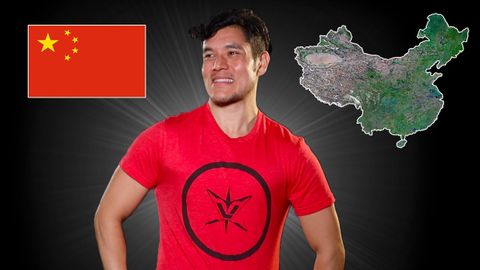地理Now!中国 (Geography Now! China)
gotony5614.me97 が 2021 年 01 月 14 日 に投稿  この条件に一致する単語はありません
この条件に一致する単語はありませんUS /ɛnˈtaɪr/
・
UK /ɪn'taɪə(r)/
US /ɪnˈkrɛdəblɪ/
・
UK /ɪnˈkredəbli/
- adv.信じられないことに;信じられないほど;信じられないほど;驚くほど
- n. (c./u.)主張する;主張;要求;権利;請求
- v.t.要求する(ようきゅうする);(命を)奪う;主張する;請求する
エネルギーを使用
すべての単語を解除
発音・解説・フィルター機能を解除

